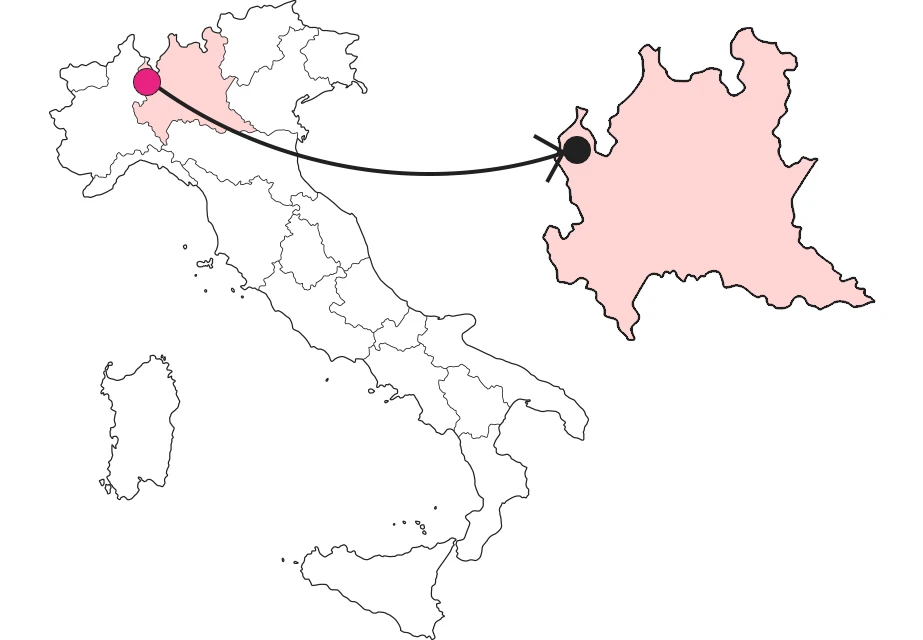






Veratti Hall: a hidden jewel in the suburb of Varese
One of the most beautiful art and culture salons in the city



Where

What it is and where it is
On the edge of the ancient village of Varese lies an unexpected jewel, a city living room that is a seat of beauty and culture thanks to the exhibitions and displays it hosts, but also a precious treasure chest. We are talking about Sala Veratti, a small, finely frescoed hall that, far from being simply a museum of itself, claims its space in the daily life of the city by hosting many cultural events.
Why it is special
A venue for exhibitions and displays and home to the Civic Museums, it features splendid frescoes of refined pictorial quality depicting King David, the Annunciation, the Symbols of the Passion, God the Father and the Holy Spirit, to be attributed to Donato Mazzolino; on the back wall, datable to around 1700, are the Birth of Christ, the Announcement to the Shepherds and the Adoration of the Child. Beginning in 1736 Pietro Antonio Magatti and the Baroffio brothers worked on it, who devoted themselves to making medallions with the Sibyls and Prophets.
Not to be missed
The real strength of this place, home to the Civic Museums, is its ability to combine such an impressive pictorial apparatus with exhibitions focused on artistic and craft productions of various types and eras. The effect is unbelievable: it almost seems as if the splendid frescoes and the characters depicted sorvee the works on display in the room. Some might even get the impression that these very figures look at the exhibits benevolently, and wrap them in a tender embrace.
A bit of history
Veratti Hall, acquired by the City of Varese in 1986 from Pietro Veratti, was the refectory of the former convent of Sant'Antonino. The story begins in 1567, when following the suppression of the Luvinate convent at the behest of St. Charles Borromeo, the nuns were transferred to Varese to educate the girls of the village. Work on the refectory began in 1599, while its decoration dates from the first half of the 1700s. Access to the hall is no longer the original one that opened onto the cloister, but has been moved to Via Veratti, which was built following the tombing of the Vellone River that once bordered the building.
Trivia
There is a passage in the history of Sala Veratti that leaves you speechless: think that in the 1950s you might have come to entrust your old shoes to a shoemaker who had his store right here.
Enter the Map of Italy's Undiscovered Wonders and find treasures where you least expect it... Inspire, Recommend, Share...
Collections
The Map thanks:
In the Community
Enter the Map of Italy's Undiscovered Wonders and find treasures where you least expect it... Inspire, Recommend, Share...
Where

Collections

